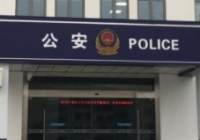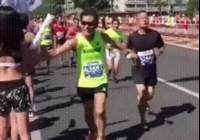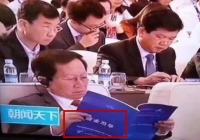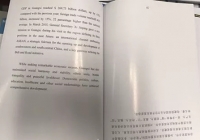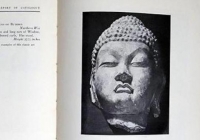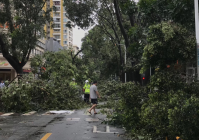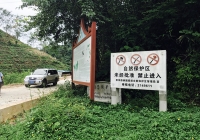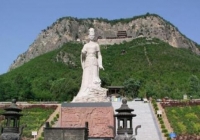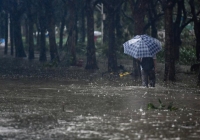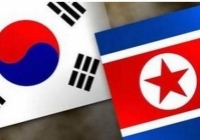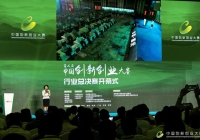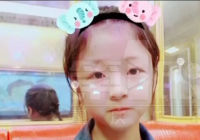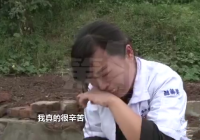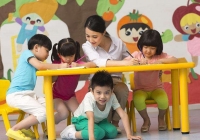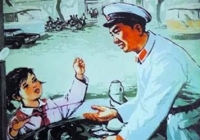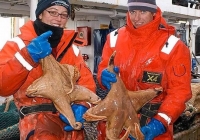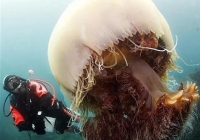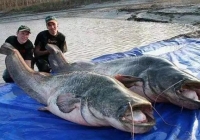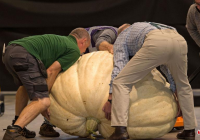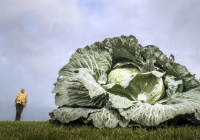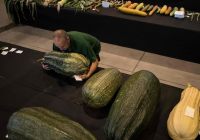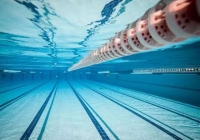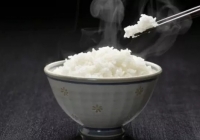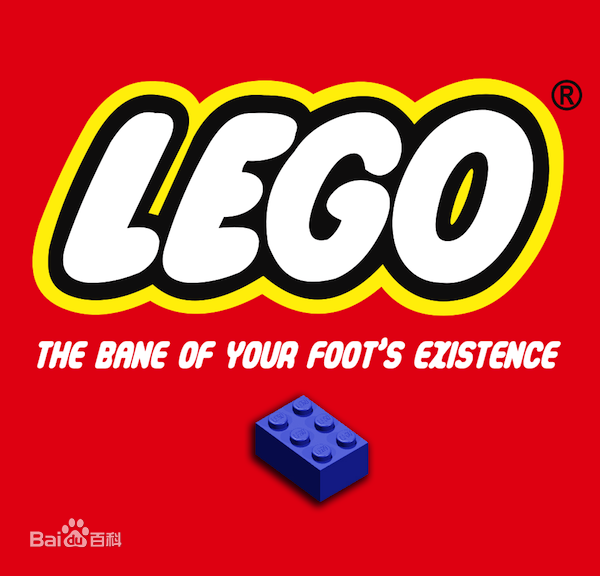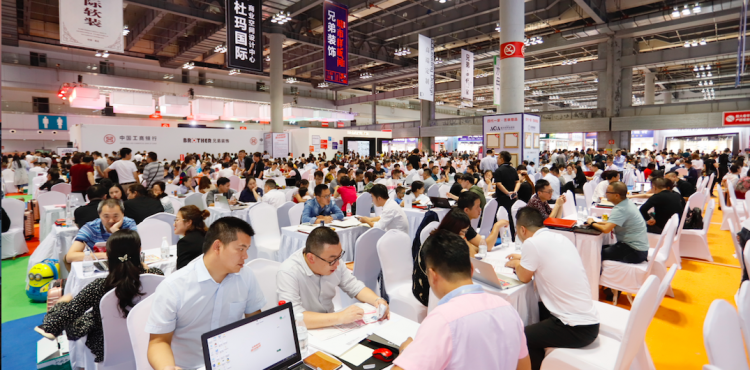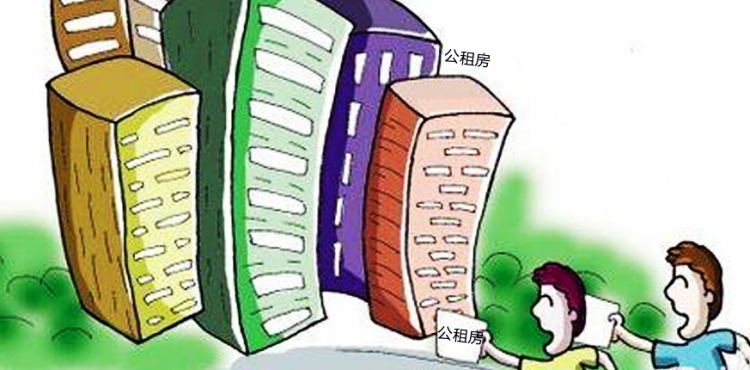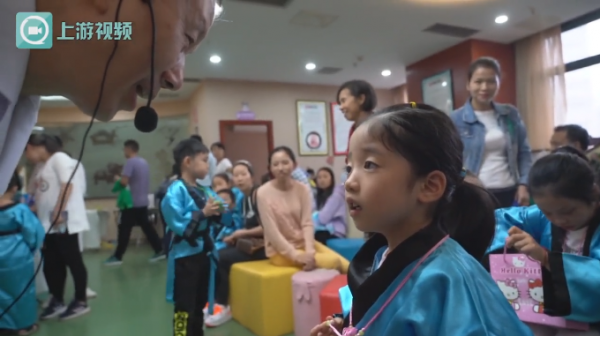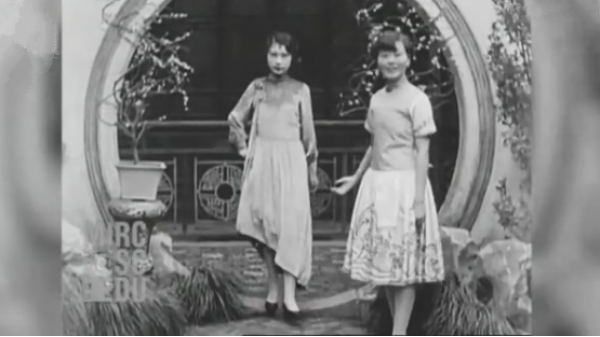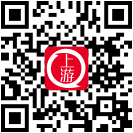




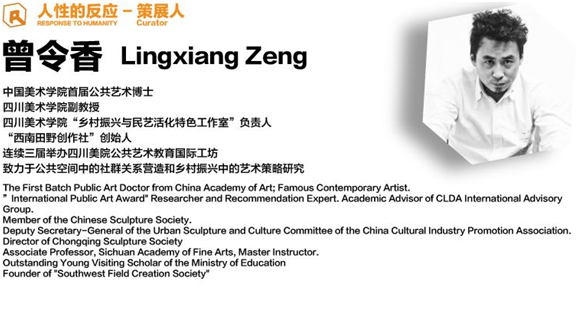
人类总是靠想象建构着世界的秩序。农业革命的误判,人类摆脱了与自然、与其他物种紧密相连的关系,自外于这个世界。200多年的工业革命,政治、经济、宗教与文化的不断加码,加上资本的加持,现代性成功地塑造了人工化的图景,形塑了工业社会单向度的人。人类成功地把自己塑造成为社会流水线上的产品。艺术也是一种想象建构,艺术从来就没有停止过与社会的纠缠关系,去搭建诺亚方舟。自西方到东方,自前卫与新前卫以来,艺术摆脱了传统审美认知模式,以社会介入的新姿态,开始探寻“对话”的社会效力及意义,开始探索在“关系美学”中修复社会纽带、链接人际交往,弥合艺术和生活的界限并彰显艺术重构社会有机体的能力,去重新阐释人、社会和自然世界的关系,营造多元互动的公共领域,重构多样化的社群,塑造人类共生剧场。这一想象与重构的过程,依然在进行。
而落实到乡村社群的话题时,这个时代让我们面遇尴尬。快速城市化、技术化的社会现场境遇,让我们迅速脱离了熟人社会的大陆文明基因,相遇各种临时关系和偶合能量的激荡,全球化的新秩序一下子变得那么迫在眉睫而又似乎遥不可及,变得那么宏观却又似乎与每个人息息相关。乡村社群在裂变和重新遭遇中,文明密码从新乡贤的薪火相传中更替迭代,亦或在返乡的新农民中得到重新认证,内聚和耦合的力量在多元共生的面相中逐步滋长。
- 策展人 曾令香
Mankind always constructs the order of the world by imagination. The misjudgment of the agricultural revolution resulted in human beings becoming self-centered and breaking off the relationship with nature and other species. After more than 200 years of industrial revolution, the constant increase in politics, economy, religion and culture, coupled with the blessing of capital, modernity has succeeded in shaping the artificial landscape and shaping the one-dimensionality of industrial society. Humans have succeeded in shaping themselves into products on the social assembly line. Art is also an imaginative construction. Art has never stopped entangling with society to build Noah's Ark. From the West to the East, since the avant-garde and the new avant-garde school, art has got rid of the traditional aesthetic cognitive model with the new attitude of social intervention, beginning to explore the social effectiveness and significance of "dialogue" and began to explore the restoration of social ties in "relational aesthetics". Art is linking interpersonal relationships, bridging the boundaries between art and life and demonstrating the ability of art to restructure social organisms, reinterpreting the relationship between people, society and the natural world, creating a multi-interactive public domain, reshaping diverse communities, and shaping humanity Symbiosis theater. This process of imagination and reconstruction is still going on.
When it comes to the topic of the rural community, this era has made us embarassed. The rapid urbanization and technology centered social situations force us to quickly break away from the social civilization pattern, facing with various temporary relationships. The new global order has become close but still distant. Great giant but still attached to everyone. In the fission and encountering of the rural community, the civilized code has been passed on through generations in new intellectuals of the village and it has been proved again in the process of farmers returning home. The strength of integration and multiplication has gradually taken root in symbiosis situation.
- Curator Lingxiang Zeng


融——袁曼玲非遗采集工作坊
Union-Manling Yuan Non-tangible Heritage Collection
9.21 - 9.26
公众参与:限额报名,后续将发布详细信息,敬请期待。
Public participation: Quata Registration, detailed information will be released in the future, please stay tuned.
工作坊推介 | Workshop Introduction:
民间传统手工艺随着其所处环境的变化在不断创新。民间传统手工艺具有历史的积淀,并寄托了中国人的审美情感,蕴含着中华传统文化的内涵。它是生活中的艺术,源于生活、用于生活。同时民间传统手工艺在生活、文化上的介入让人产生认同感和历史感,它促进了文化多样性,激发了人类的创造力。
由于生活方式的改变,新兴的艺术力量以一种新型的姿态介入到生活中。现如今,现代技术与艺术推动着民间传统手工艺的保护、传承、发展和创新,民间传统手工艺成为现代艺术的表现载体,两者相互融合、取长补短。
工作坊着眼于西南民间传统手工艺与当代艺术手法的融合及运用,将民间传统手工艺质朴的工匠精神和现代艺术、技术融合统一,用竹编工艺对空间进行再创造,搭建一个可参与、可互动、各种力量齐聚的公共剧场,实现人与空间、传统与现代的“对话”。
Folk art has a historical accumulation, which entrusts the Chinese people's aesthetic feelings and contains the connotation of Chinese traditional culture. It has become a symbol of Chinese traditional cultural self-recognition of Chinese and has important cultural exchange and dissemination value. Since the birth of folk art, it has been the art of life. It originated from life and is applied to life.
Due to lifestyle changes, craftsmanship seems to fade away from daily use. Modern art and technology are not contradictory to traditional culture. Modern technology and art promote the inheritance, development and innovation of traditional folk art. Folk art has become an expression carrier of contemporary art.
The workshop focuses on the integration and application of non-tangible heritages in the Southwestern Area of China and contemporary art. The combination of Southwest folk art with modern art and technology creates a public space to participate and interact, and realize the “dialogue” between people and the traditions of non-tangible heritages in the southwest China.
导师介绍 | Tutor Introduction:
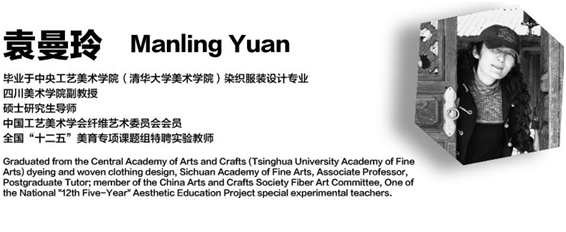
伤——王倩予傩戏期会工作坊
Wounds- Qianyu Wang Nuo Puppet Show Qihui
9.23
公众参与:不限额公开参与。
Public participation: No limit public participation.
工作坊推介 | Workshop Introduction:
傩戏是一种世界性的古老戏剧,又被称为“戏剧之祖”。通过村庄两代人与面具的故事,揭示傩戏与村庄的关系,其中涉及新中国成立以后、改革开放及当下乡村振兴等时代变化中傩戏的生存与传承等问题。工作坊试图通过与事件当事人及傩戏传承人的对话和傩戏彩排、表演环节来展现傩戏的真实生存状态,在对话和表演中设置了与公众互动的环节,让公众切身体验傩戏的魅力。
Nuo opera is a world-wide ancient drama, also known as "the ancestor of drama". Through the story of two generations of people and masks in the village, this paper reveals the relationship between the Nuo opera and the village, which involves the survival and inheritance of the Nuo opera in the times of political turmoil, reform and opening up, and the current rural revitalization. The workshop tries to show the real existence of the Nuo opera through dialogues with the parties involved in the event and the successors of the Nuo opera, as well as rehearsals and performances of the Nuo opera.
导师介绍 | Tutor Introduction:
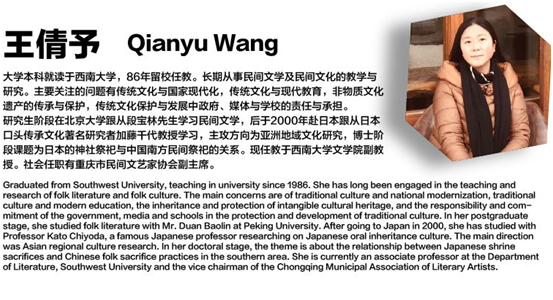
根——李雪垠蔡家草把龙创意工作坊
Root- Xueyin Li Caijia Straw Dragon Creative Workshop
9.27 - 9.28
公众参与:限额报名,后续将发布详细信息,敬请期待。
Public participation: Quata Registration, detailed information will be released in the future, please stay tuned.
工作坊推介 | Workshop Introduction:
蔡家草把龙始于清乾隆时期蔡家乡下,从蔡家场的设立至今大约传承了两百多年的历史。蔡家草把龙源于中国传统农耕稻作文化,用干稻草编制龙形神物,编草把龙游田坎闹春耕祈求风调雨顺的习俗,后由小孩子引入市街,逢年过节,自己编制,自己玩耍,成为蔡家地区曾经的一种群体性的游艺民俗活动。后经重庆市巴渝农耕文化陈列馆刘映升先生根据自己儿时的蔡家生活经历,走访乡邻集众人智慧和自己努力2012年成功复原,2013年6月被列入北碚区第三批非物质文化遗产名录。工作坊通过蔡家草把龙文化历史和基本编制工艺学习与交流,结合陈列馆室外展馆特征,选取局部视点展区,集合艺术家团队智慧和创意,在重庆巴渝农耕文化陈列馆生成一个蔡家草把龙文化景观。
Caijia Straw Dragon began in the Caijia town in the Qing Emperor dynasty, Qianlong period. It has been inherited for more than two hundred years since the establishment of the Caijia. It originated from the traditional Chinese farming rice culture, using dragons and straws to compile dragon-shaped creatures, weaving it to swim in the fields, and ploughing in spring, praying for good weather. Later, it was introduced to the city street by children. On the holidays, play by themselves and became a group of folk activities in the Caijia area. After the Chongqing Bayu Farming Culture Museum, Liu Yingsheng visited the neighbors according to his childhood experience of Caijia and gathered the wisdom of everyone and his own efforts to successfully recover the “Dragon” in 2012. In June 2013, it was included in the third batch of intangible cultural heritage in Beibei District. The workshop learns and communicates through the history and basic craftsmanship of Caijia culture, combines the characteristics of the outdoor pavilion of the exhibition hall, selects the local exhibition area, gathers the artist's wisdom and creativity, and generates a Caijia straw dragon culture landscape in the Chongqing Bayu Farming Culture Museum.
导师介绍 | Tutor Introduction:
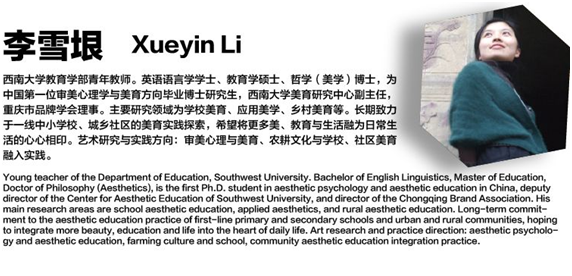

长江上下:公共艺术国际行动计划之「我们的田野·生机—赵明在地工作坊」
Tracking Along the Yangtze River: The international operation of Public Art Our Field and Opportunities –Ming Zhao In-Field Creation
公众参与:定向邀请式。
Public participation: Invitation only.
工作坊推介 | Workshop Introduction:
“我们的田野·生机”工作坊将根植于重庆北碚蔡家岗镇的乡村语境,以参与式观察为主要路径,发现地方独特的文化现象和生机,通过分组的田野工作,收集事实,汇总个人视觉文本及创作观念的集合所形成的“基本语境”,通过集体分析和讨论,结合导师给出的理论参照,最终,疏理出小组观点和脉络,以mapping的艺术手段跟踪、记录并表达观察的主题和成果。
此次活动的主题中,我们用“田野”建构了一个双关语义:其一,田野泛指农村,喻指今天渐渐兴起的文化艺术乡建项目;二者,借指艺术家进入田野工作,深入实地搜集资料,通过对田野资料的分析、概括、总结、抽象,识别文化现象的实质,找寻人们行为的模式、社会生活的逻辑,发现并回答问题,从而通过一个“田野点”理解整个社会。
“Our Field and Opportunities” workshop will be rooted in the rural context of Caijiagang Town, Beibei, Chongqing. They use participatory observation as main path to discovering characteristics local cultural phenomena and vitality, collecting facts through grouped fields, and summarizing personal visual texts.
And the "basic context" is formed by the collection of creative ideas via collective analysis and discussion, combined with the theoretical reference given by the advisor. Eventually group perspectives and contexts are rationalized into theme reports, sorting out all the records of observation under mapping art method tracking.
导师介绍 | Tutor Introduction:
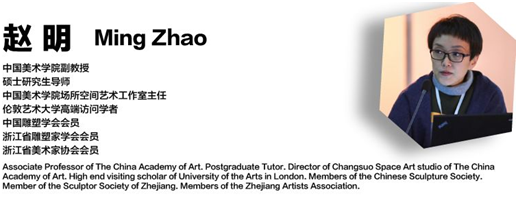
上海美院师生团队 | Students and Teachers from Shanghai Academy of Fine Arts
学生团队 | Students Team
雕塑系、数码系、视觉中心、手工非遗、艺术史研究等不同专业的老师和学生,形成跨学科、跨专业的师生团队,开展公共艺术在地性实践。
围绕与上海城市同步发展的“都市美院”建设目标,以城市公共艺术和国际当代美术为特色化发展方向,参与地方重大建设项目,打造国际品牌,在人民大会堂、东方绿舟、陈毅广场、南京路下沉式广场等重大文化场所,都留下了美院师生的足迹。
在参与上海世博会主题馆的“世博会博物馆”总体设计,上海世博会一轴四馆的世博中心“公共艺术整体设计及实施”,中国第一个国际民间艺术博览馆“上海宝山国际民间艺术博览馆”总体设计及实施,上海自然博物馆科学绘画和媒体集成项目,上海轨道交通6、7、8、9、13号线的车站总体设计及70%的地铁壁画创作项目的过程中,积累了较为丰富的实践经验和理论基础。尤其是在“美丽乡村”建设中,师生们在上海崇明、浙江玉环、浙江德清等地开展“地方重塑”为主题的实践项目,其中,玉环县干江村、天台县张思村、松阳县吴弄村规划建设项目列入文化部、财政部、住建部中央财政支持的中国传统村落建设计划。
Teachers and students from different disciplines such as sculpture department, digital department, visual center, handicrafts inheritance, art history research, etc., form an interdisciplinary and interdisciplinary team to carry out public art practice in the field. Focusing on the goal of establishing “Urban Art Academy” in parallel with Shanghai city, this team takes urban public art and international contemporary art as the development direction, participating in major local construction projects and building international brands by taking part in construction of some major cultural sites such as the Great Hall of the People, Oriental Green Boat, Chen Yi Square and the Nanjing Road Sunken Square. The whole team has accumulated a wealth of Practical experience and theoretical basis in the overall design of the “Expo Museum” of Shanghai World Expo, the “Worldwide Design and Implementation of Public Art” at the Shanghai Expo Center , the first international folk art exhibition hall “Shanghai Baoshan International Folk Art Expo” the Shanghai Natural History Museum's scientific painting and media integration project, the overall design of the Shanghai Rail Transit Lines 6, 7, 8, 9, and 13 and the 70% subway mural creation project. Especially in the construction of “beautiful villages” projects, teachers and students have carried out “local remodeling” themed practical projects in Chongming of Shanghai, Yuhuan and Deqing of Zhejiang etc. The planning and construction project of Ganjiang Village in Yuhuan County, Zhangsi Village in Tiantai County, Wulong Village in Yang County are included in the traditional Chinese village construction plan supported by the Ministry of Culture, the Ministry of Finance and the Ministry of Housing and Urban-Rural Development.
导师团队 | Advisor Team
欧阳甦 柏林自由大学哲学博士,上海美术学院公共艺术理论与国际交流工作室(Studio for Public Art Research and International Exchange)副研究员。
Su Ouyang, Studio for Public Art Research and International Exchange. Ph.D. from Free University of Berlin, Associate Researcher of Studio for Public Art Research and International Exchange, Shanghai Academy of Fine Arts.
中国美术学院雕塑与公共艺术学院 | The College of Public Art of China Academy of Art
场所空间艺术工作室 | Place Space Art Studio
中国美术学院场所空间艺术工作室自2016年成立以来,便将教研明确指向雕塑与公共艺术的“场所与空间”主题,融合‘东方’理想,借鉴社会学、人类学的田野调研方法,深入挖掘当代社会、文化和公共空间中的艺术问题,探索契合中国当下都市空间和乡村场域的公共艺术新路径,积极介入或参与到中国城市更新和环境提升的社会建设与艺术实践中。学生团队曾参与完成了湖南常德鼎城区右岸城市更新 “地方再想象”艺术项目、天水秦安县石节村艺术驻地项目等。
Since its establishment in 2016, Changsuo Space Art Studio of China Academy of Art has clearly directed the teaching and research theme of “place and space” to sculpture and public art by blending the ideals of “Oriental” and drawing on the field research methods of sociology and anthropology to discover art problems in contemporary society, culture and public space. They explore new public art paths that fit China's current urban space and rural areas, and actively participate in the social construction and artistic practice of urban renewal and environmental upgrading in China. The student team has participated in the completion of the “Re-imagination” art project on the right bank city of the Changde Dingcheng District of Hunan Province, and the Art Residency Project of Shijie Village in Qin'an County, Tianshui, Gansu Province.
乡村振兴与民艺活化特色工作室简介 | The Rural Revitalization and folk arts revitalization Studio
乡村振兴与民艺活化特色工作室隶属于四川美术学院,工作室的成立以“乡村振兴与民艺活化”为契机,以公共艺术及“总体艺术”理论为基础,以“学以致用、参与现场、跨界融合”为核心理念。自成立以来,工作室参与了重庆江津中山古镇田野创作、云南丽江束河古镇田野创作、第一届婺源国际乡建艺术节、连续三届公共艺术国际工坊并开展了“CAO火车”艺术节等活动,并获得良好反响。我们还不断地在艺术介入社会现场的实践中优化自身的知识结构,立足于以文化艺术实现乡村振兴和民艺活化的策略性研究和实践探索,并以此建立相应的艺术介入乡村振兴与民艺活化的创作语言与方法体系。
Affiliated to the Sichuan Fine Arts Institute, theoretical based on public art and comprehensive art and “Learn to Apply, On-site Participation, Cross-discipline” as core concept under background of “Rural Revitalization and Folklore Arts Promotion” big picture. Since its establishment, the studio has participated in the creation of Tianye in the ancient town of Jiangjin, Chongqing, the field creation of Shuhe Ancient Town in Lijiang, Yunnan Province, the first Wuyuan International Township Art Festival, carried out the three workshops of consecutive international public art events and the “CAO Train” Art Festival with favorite reviews. We are also constantly optimizing our knowledge structure in the practice of art intervention in the social scene, based on the strategic research and practical exploration of rural revitalization and folk art promotion with culture and art, and eventually to establish corresponding art language and methodologies of art intervention in rural revitalization and folk art promotion.
参与艺术家 | Artists:
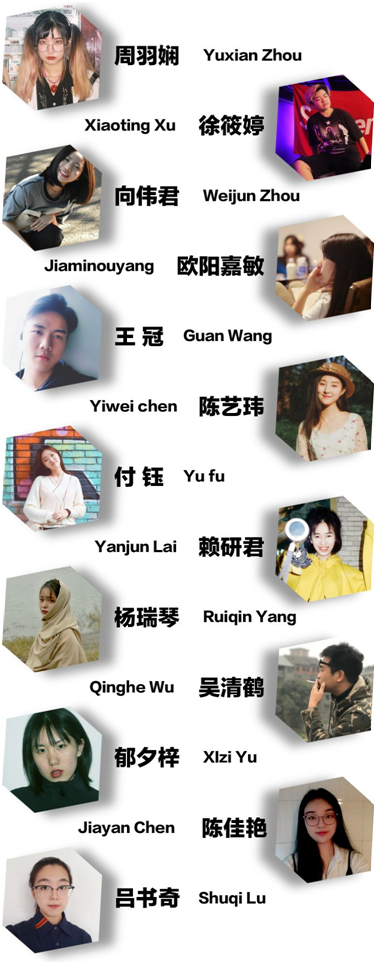

艺术家个人创作:
Art Independent Creatives:
公众参与:艺术家完成在地创作后,将推出在地成果展,敬请期待。
Public participation: After the artist completes the onsite art creation, we'll hold an exhibition , please stay tuned.
参与艺术家 | Artists:


Response of Humanity – “Returning” from One-dimension Individual to Multi-dimension Symbiosis
公众参与:不限额公开参与。
Public participation: No limit publi participation.
主持 Host:曾令香 Lingxiang Zeng
演讲主题及嘉宾 | Presentation Theme&Guest:
杨奇瑞《公共艺术:唤醒历史文化城镇的社群记忆》
汪大伟《地方重塑:公共艺术的价值》
金江波《全球视野下的公共艺术研究》
赵明《都市语境下的新文化运动》
张凯琴《城中村的艺术可能性:以深圳白石洲为例》
Qirui Yang “Public Art: Awakening the Social Memory of Historical and Cultural Towns”
Dawei Wang “A Framework for Reaserch on Public Art”
Jiangbo Jin “Public art research with Global View”
Ming Zhao “New Culture Movement in Urban Context”
Kaiqin Zhang “The Artistic Possibility of the Village in the City-Taking Baishizhou in Shenzhen as an Example”
嘉宾介绍 | Dialogue Forum Guests:
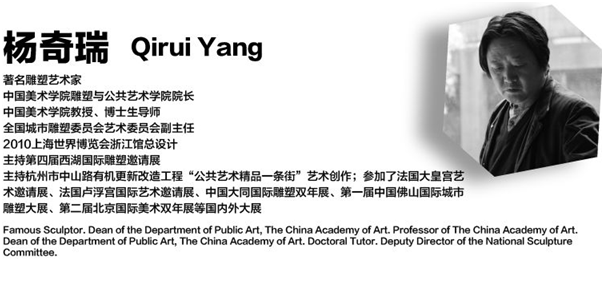


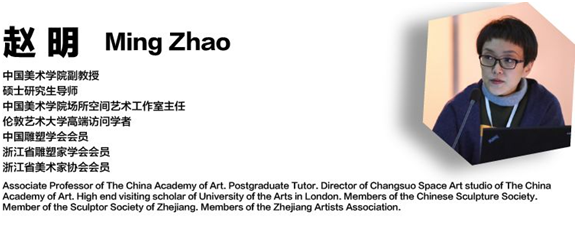
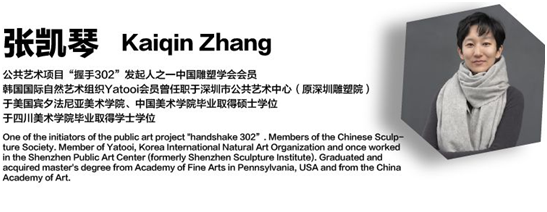
【免责声明】上游新闻客户端未标有“来源:上游新闻-重庆晨报”或“上游新闻LOGO、水印的文字、图片、音频视频等稿件均为转载稿。如转载稿涉及版权等问题,请与上游新闻联系。

